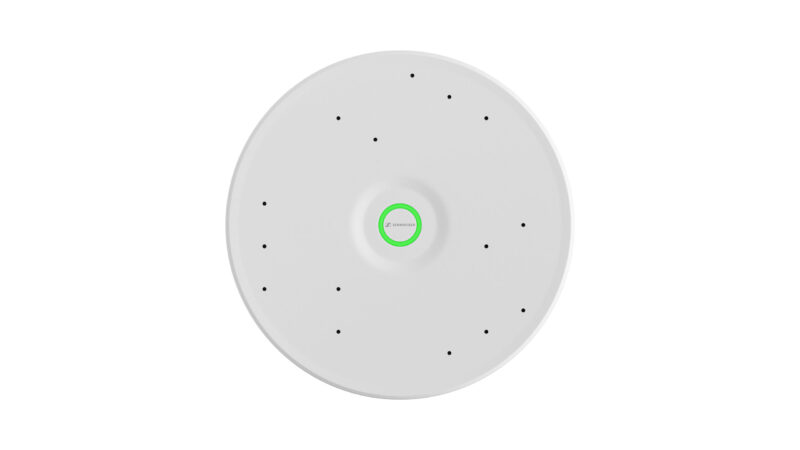Predicting the Future of Video in Churches
 Back in 2002, I wrote a widely-publicized article about all churches needing to make the move to 16:9 aspect ratio widescreen. Nearly 15 years later, it turns out I was right — well, almost right. I saw dimly into the future of church video technology and was ahead of the curve in predicting the future of widescreen. But what I didn’t foresee was what would happen with display technology over the next decade and a half.
Back in 2002, I wrote a widely-publicized article about all churches needing to make the move to 16:9 aspect ratio widescreen. Nearly 15 years later, it turns out I was right — well, almost right. I saw dimly into the future of church video technology and was ahead of the curve in predicting the future of widescreen. But what I didn’t foresee was what would happen with display technology over the next decade and a half.
Here’s the excerpt from my original article from 2002:
There is a mindset in churches that the 16:9 aspect ratio is primarily for video. More specifically, it is for Home Theatres almost exclusively. I wanted to offer my insight on an application where 16:9 should be used nearly all the time: churches.
Probably the most often used function of a projector in church auditoriums today is for song lyrics. I’ve been in literally hundreds of churches and have seen a common problem with the 4:3 aspect ratio for these song lyrics: It doesn’t read the way it sings. While the type of songs and the style of music may be widely different, the basic verse and chorus structure remains about the same. Here is an example:
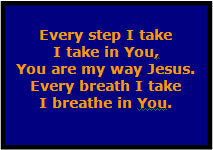
4:3 lyrics can’t be sung like they’re typed
Now, the same song in 16:9 not only takes one less screen, but the breaks at the end of the sentences are typed like it is sung. For people visiting a church for the first time, a common problem is not knowing the songs, which can make these guests uncomfortable – and may even make them feel awkward for not singing along. With the 16:9 version though, the song “sings” the way it “reads” on the screen thereby allowing someone who doesn’t know a song to join right in with the long-time members in singing along.
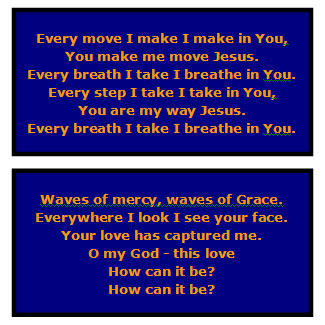
Then And Now
The idea that 16:9 aspect ratio allows for the width to type in song lyrics “more like they’re sung” without as many odd line breaks and kerning contortions is still true today. It’s as if 16:9 was made for church song lyrics, nevermind the change from Standard Definition (4:3 aspect ratio) television to Widescreen TV (16:9) – much less the rise of high resolution and beyond.
But, what I didn’t see happening as much at the time was how even wider screens than the ‘old’ 16:9 standard could benefit churches. The creative minds in churches have continually been adding more impressive display technology as technology improves and the price drops. Well beyond 16:9, superwide edge-blended screens and even environmental projection (which 15 years ago was reserved for only churches with massive tech budgets) are a rising trend.
Back in the day, 4:3 meant huge lyrics and sermon notes to ensure people in the cheap seats could easily follow along. Here’s a visual throwback to some very basic examples below (thanks to ProPresenter, a favorite of mine) to help serve as visual examples of my now decade-old advice to churches.
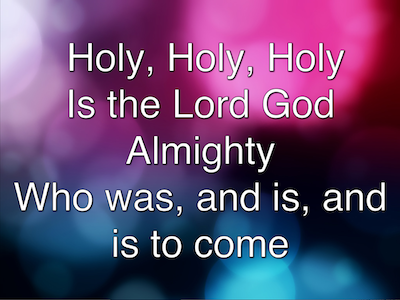

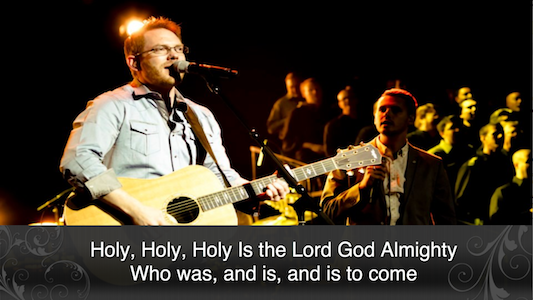
16:9 Is Now The Old Standard
As I’ve written about before here on rAVe, the shift to black-box theatre-style venues and the explosion of large churches has opened up avenues for display technology that I didn’t envision back in 2002 when I wrote my original article about shifting from 4:3 to 16:9. Toto, we’re not in song lyric Kansas anymore!
I’m curious to see what the future holds. It’s my current thought that mere screens are only a part of the technology, with other technologies (OLED, anyone? Modular LEDs? Or projection onto fog or haze or translucent materials?) re-imagining the very concept of what a display really is, anyway.
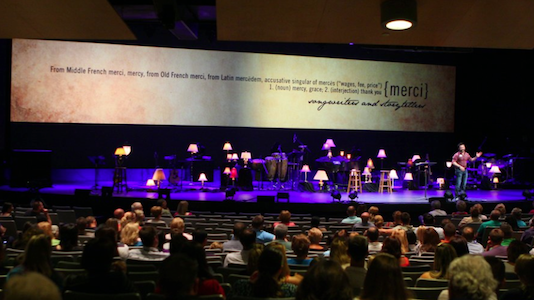
Without question, the future of displays will far exceed video, song lyrics and sermon notes. We already have church pioneers exploring options that change the way information and even the environmental effect for a service is accomplished with technology. Far be it for me to predict ahead again, as the rate of change is too great and the technology shift exponential.
Here’s what I will predict: manufacturers and systems integrators that creative market and sell into the House of Worship market with inventive and flexible display solutions will be the early adopters that will soon cross the chasm to the early majority.
What are new technologies, layouts, and formats for unusual aspect ratios would benefit churches like 16:9 did from the old 4:3 ratio?




